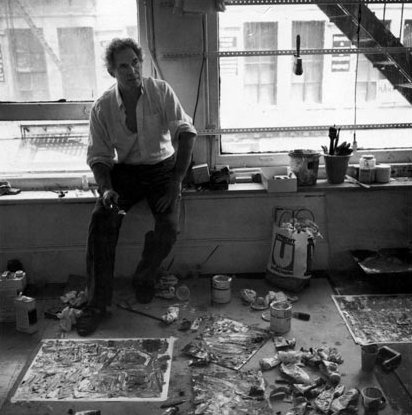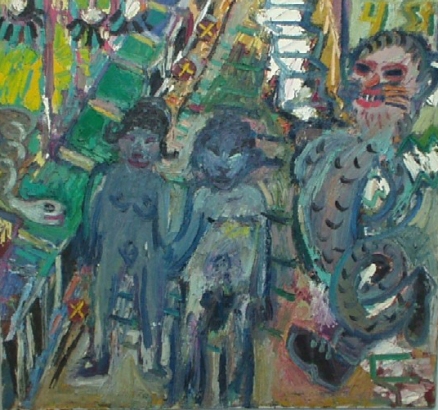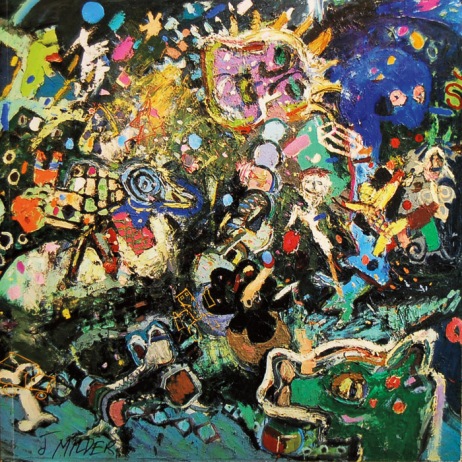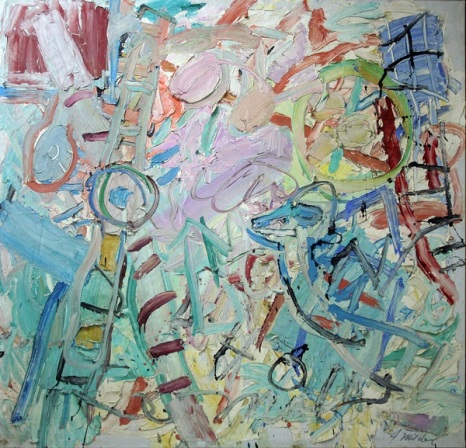Originally published on Berkshire Fine Arts
Jay Milder was born in Omaha, Nebraska in 1934. His ancestry connects him to the Baal Shem Tov (1698-1760), the patriarch of Hasidism and mystical Judaism, and the Hasidic mystic Rebbe Nachman (1772-1810) of Breslov, who founded a branch of Hasidic Judaism that emphasizes joy and intensity in living life through God.
Beginning in his later teenage years, Milder would begin to explore this mystical lineage, which fueled him with a desire to journey across the globe. Milder began his travels at the age of twenty, when he went to Paris to study the cubist style of painting at La Grande Chaumiere and the Sorbonne. He also took painting classes with Andre L’Hote (1885-1962) and studied sculpture with the Russian born sculptor, Ossip Zadkine (1890-1967). Milder later recalled that he received praise from his teachers for incorporating a very rough, expressionistic, and organic approach to the Cubist style. Zadkine introduced Milder to the work of Chaim Soutine (1893-1943).
Continue reading



